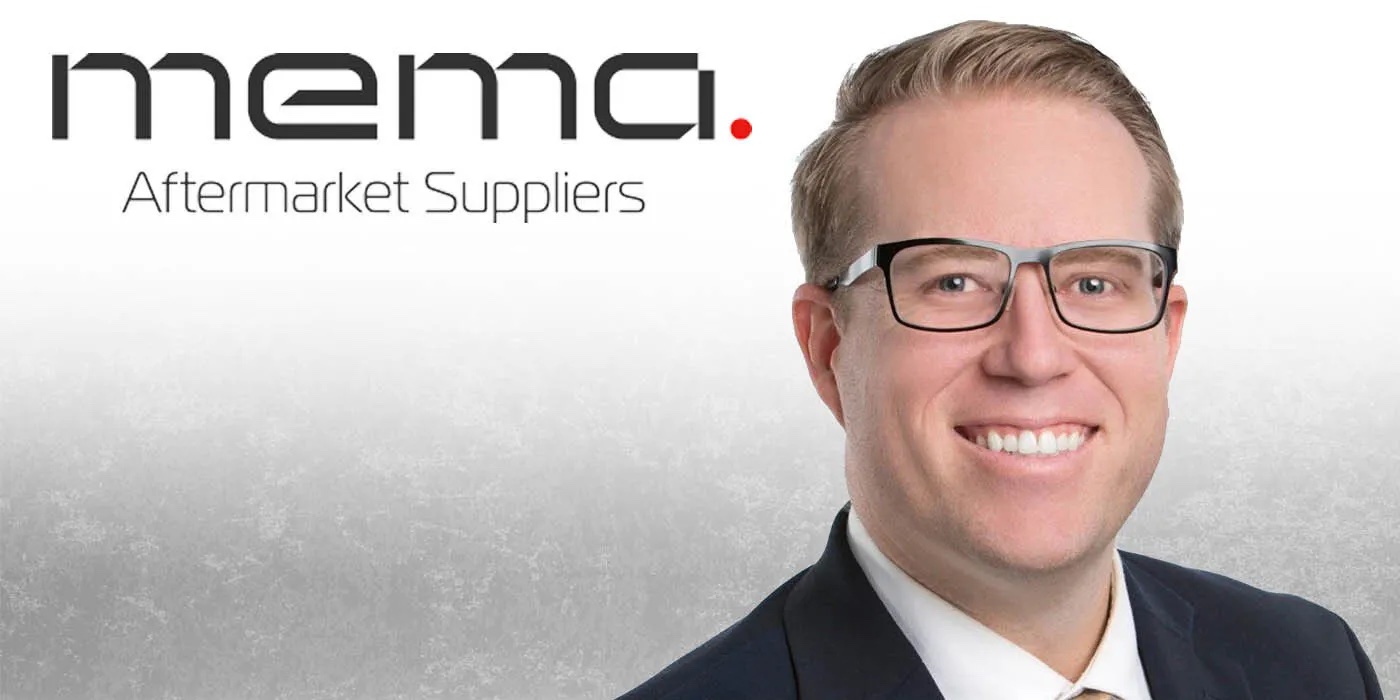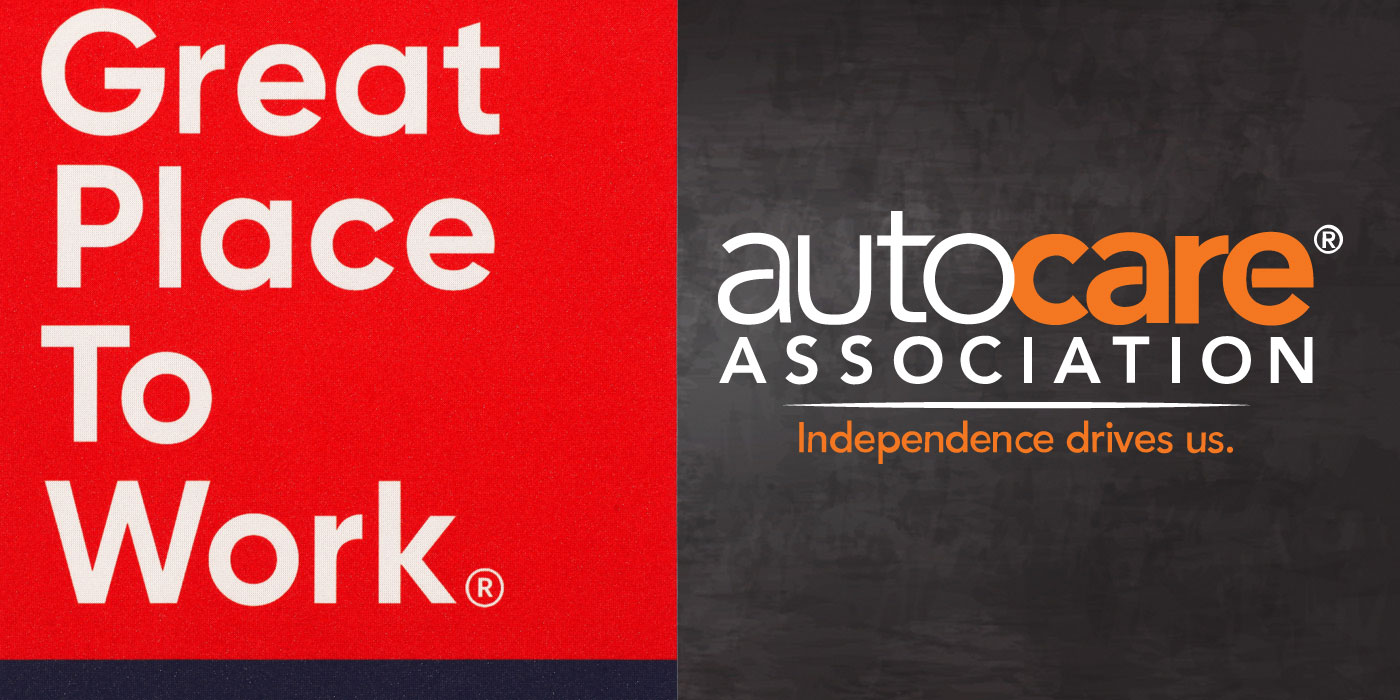Is a 40 percent markup over cost the same thing as a 40 percent gross profit margin?
Believe it or not, there’s a lot of confusion over this. It’s not uncommon for the term to be used interchangeably, even as I found out, among accountants and other financial professionals. I have heard parts store owners, managers and dealership parts managers say, "We’ll price this part with a 40 percent markup." What they really mean to say is "a 40 percent gross profit margin."
The confusion can be costly when one term is used mistakenly for the other. The terms are not interchangeable, and the results of both methods are far from similar. Calculating a selling price based on gross profit margins will result in a higher price than using markup. Consequently, a failure to appreciate the concept can have disastrous results. The financial performance of your parts business begins with the top line – sales revenue. Using the wrong basis for setting selling prices will result in lower gross and net profits.
Sales Increase Needed to Earn the Same Gross Profit Dollars as Before a Price Reduction
If you are one of those who confuses these terms, don’t worry. You’re not alone. I’ve spoken with many managers and business owners from both sides of the industry and they weren’t sure of the difference between profit margin and markup, either. Even to this day, the confusion persists.
Here’s an illustration of the pitfall when using markup instead of the intended profit margin:
A parts store owner anticipates a 40 percent gross profit margin on parts sales. On a part with a cost of $13, a 40 percent markup is added instead. The selling price, therefore, is $18.20 ($13 x .40 markup = $5.20 and $13 + $5.20 = $18.20).
However, the 40 percent markup does not get the parts store owner to his goal of a 40 percent gross profit margin. We calculate the gross margin by dividing the gross profit ($5.20) by the selling price of the part ($18.20). Consequently, a 40 percent markup only yields a 28.5 percent gross profit margin.
Now, suppose the store owner in this example repeats the mistake across the entire inventory. If expenses are based on an incorrectly calculated gross profit margin, that could spell problems.
This is admittedly an extreme example. Before things reached the danger point, hopefully the red flags would be heeded. And computers make pricing nearly foolproof – manufacturers and WDs even provide suggested pricing on parts. Still, at some point, pricing policies have to be established in order to produce a desired return on investment. Moreover, an accurate forecast of gross revenue is essential to proper budgeting and planning. Therefore, knowing the difference between markup and profit margin is crucial.
Quite a few years ago, when I was new to the parts business, I was curious about finding the correct way to calculate profit margins. Unfortunately, no one seemed to know exactly how. The most common answer I received was "multiply the cost by the desired markup." But, as you have seen from my example it is simply not the correct way.
Believe it or not, many of the folks I asked for help, and who had no idea, were involved in the planning aspect of parts stores and dealerships – pretty scary, in retrospect. Apparently, to get their budgets and forecasts to produce the right bottom line results, these experienced managers were starting their forecasts at the end, at the net profit figures, and forcing all other figures to fit regardless of whether or not they made any sense.
I did not want to operate that way, so I used some basic arithmetic to figure out the formula for myself. After playing with a calculator for a while, I finally arrived at a factor of 1.6665 to calculate a selling price with a 40 percent gross profit margin. Referring back to my previous example:
$13 x 1.6665 = $21.66
The gross profit is $8.66, which is a 40 percent gross profit margin. Actually, the margin is 39.98 percent, but that’s close enough for government work, as the saying goes. I then calculated factors for a variety of other desired margins, each time using the trial and error method. It took a long time. I was convinced that there had to be a different way.
Then one day, I happened to be discussing the problem with my father. His background is in accounting. After I explained what I was looking for, he just looked at me and said, "No problem, that’s easy."
And, here it is. Just divide the cost of the item by the opposite of the desired profit margin expressed as a decimal amount or what he referred to as the "cost compliment." A 40 percent gross profit margin implies a 60 percent cost compliment. The result is your selling price. Take a look when we apply it to our example:
$13 .60 = $21.66
The method works for any desired gross profit margin. For a 32 percent margin, divide the cost by .68. If you want only a 19 percent gross profit margin, divide the cost by .81, and so on. See, simplicity itself!
Margin and markup are, of course, important to understand. Using this method makes it much easier.







